11 December 2014
Constructing Worlds: Photography and Architecture in the Modern Age places right at the beginning of its story a historic photo, perhaps Berenice Abbott’s most famous: New York at Night, taken in 1932 from the Empire State Building. She is said to have carried out a meticulous study to find the right moment for the shot: 15 minutes of exposure, between 4:30 and 5 pm in the week before Christmas. Abbott wanted to portray the city alive but at night, with the lights still on in the offices and traffic in the streets. She sensed the potential of the energy that modern New York was going to develop, and wanted to capture an image of it. New York at Night was to become a prophetic picture: it documents the birth of the city of skyscrapers. It foreshadowed a motion that was to become perpetual. Here we see faith in technological innovation, in the beauty of modern architecture as the best expression of changing urban life. Someone has found in it the same romance and mystery as are in the lyrics of All Through the Night (“The day is my enemy, the night my friend”), written by Cole Porter two years later. Attraction and fear. Abbott admitted being entranced by the exciting rhythms of New York. Her declaration of love for the metropolis is the starting point of Constructing Worlds. To our tired eyes, the eyes of humans from that future, it carries the nostalgic echo of a lost world. That enthusiasm seems naïve, old-fashioned and yet contagious. It is shared by the houses of the Modern Movement in Los Angeles. An enthusiasm that resists and wins out in the end, even after Simon Norfolk’s pictures of the war in Afghanistan and after Bas Princen’s Mokattam Ridge, the city of garbage on the roofs. It resists and turns into poetry in the meal under the bridge of Nadav Kander’s Chongqing IV (Sunday Picnic). Each picture shows how photographing architecture is no less complicated than capturing the right expression on a face in a portrait. The exhibition presents urban people and worlds through the built landscape, regarding photography as the most suitable and ambitious means of documenting it. But rather than being a symbiosis between the two disciplines, Constructing Worlds shows how for the first time in the world a photographic journey can help to orient the gaze: from the real and imagined life of the buildings to the existence of people.
Constructing Worlds: Photography and Architecture in the Modern Age
Barbican Centre
London
September 25, 2014 > January 11, 2015

Stephen Shore, Beverly Boulevard and La Brea Avenue, Los Angeles. CA, 21 June 1974.

Walker Evans, Frame Houses, New Orleans, Louisiana, 1936.
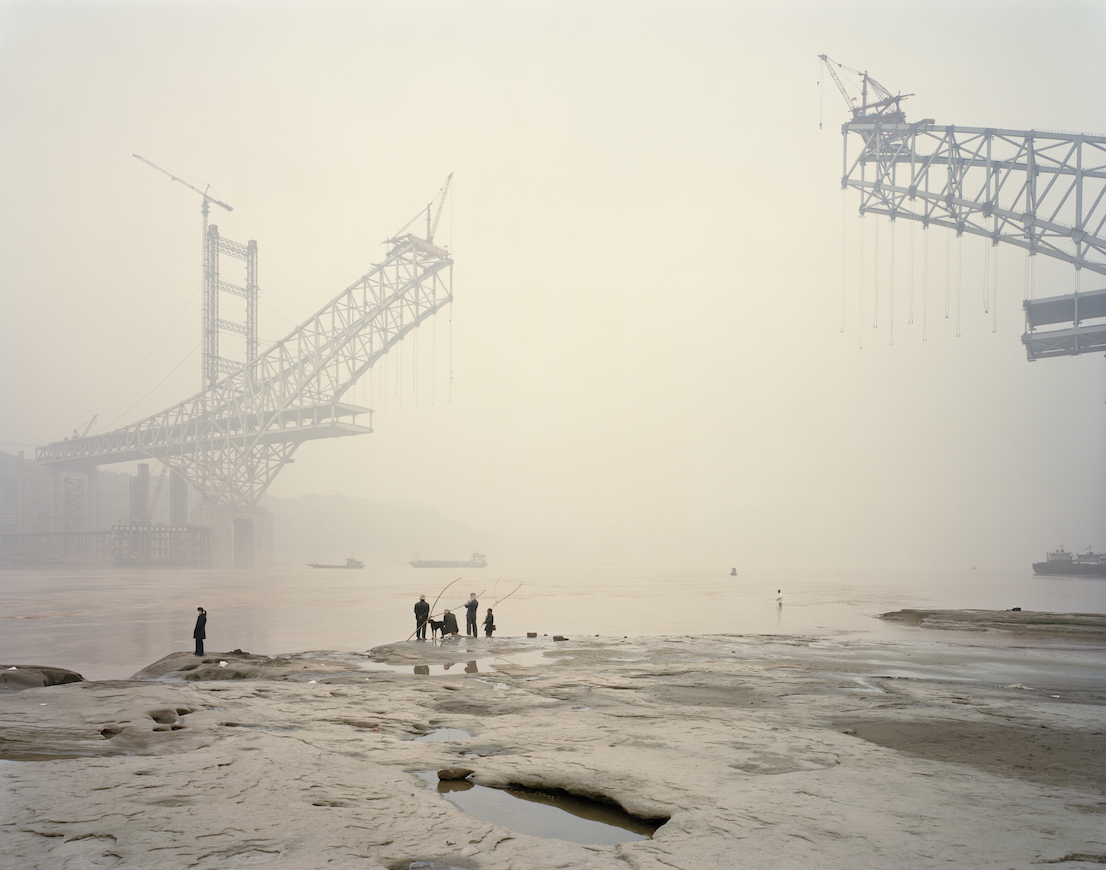
Nadav Kander, Chongqing XI, Chongqing Municipality, 2007.
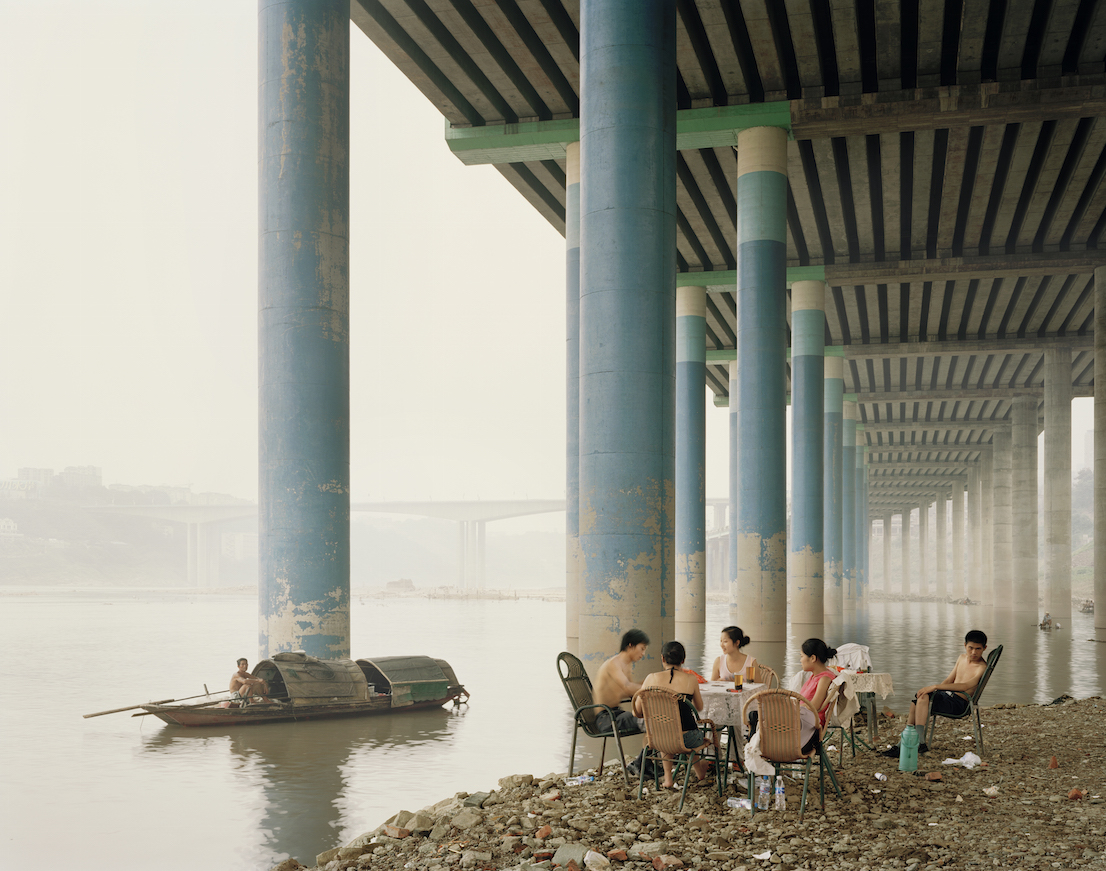
Nadav Kander, Chongqing IV, Sunday Picnic, Chongqing Municipality, 2006.
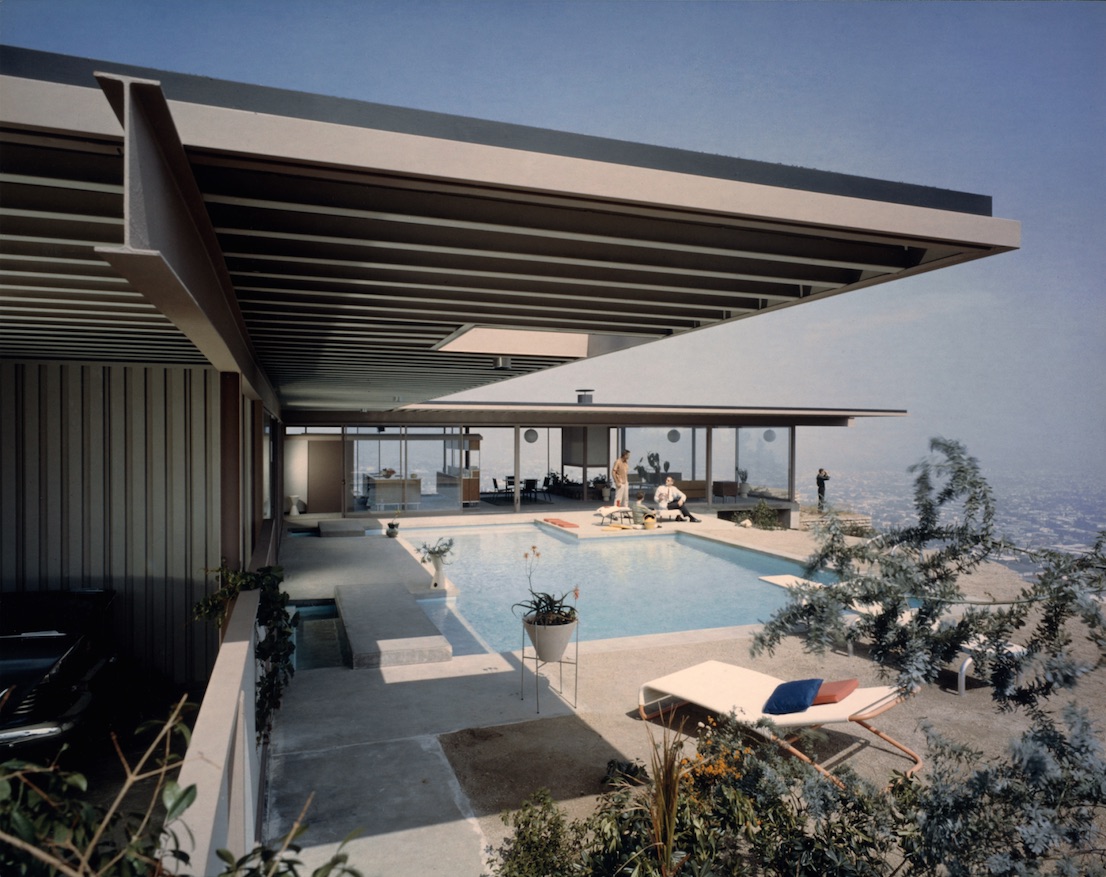
Julius Shulman, Case Study House #22, Pierre Koenig, 1959.
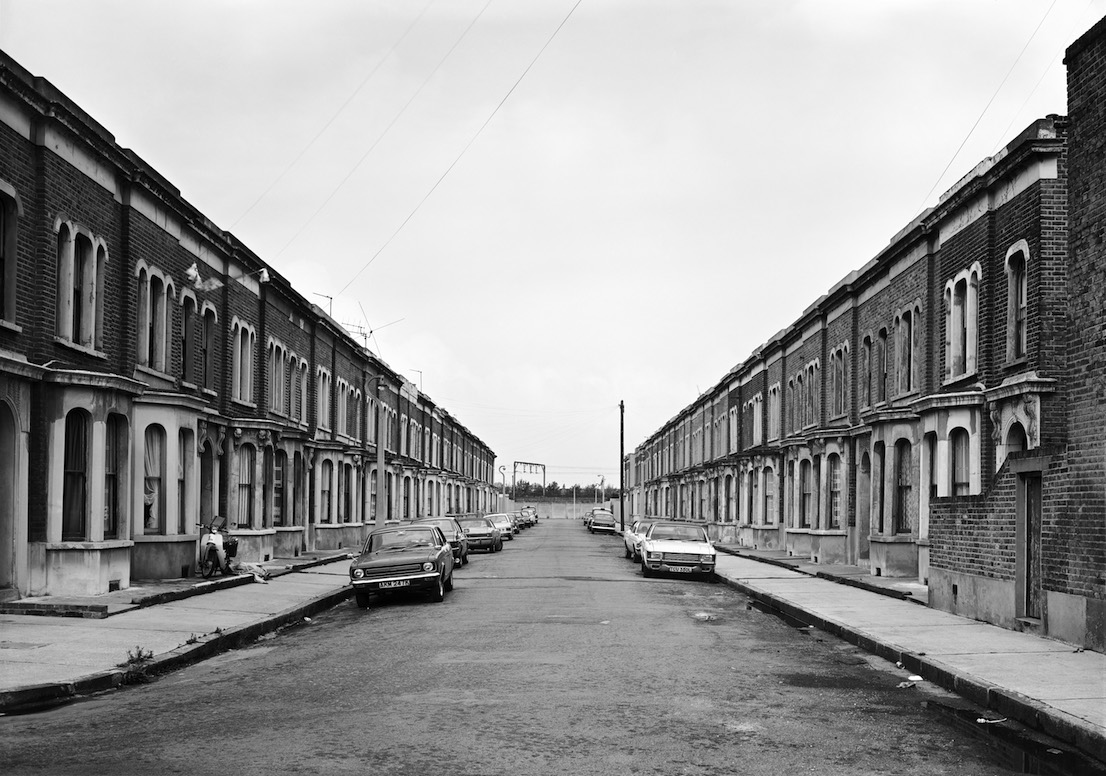
Thomas Struth, Clinton Road, London, 1997.
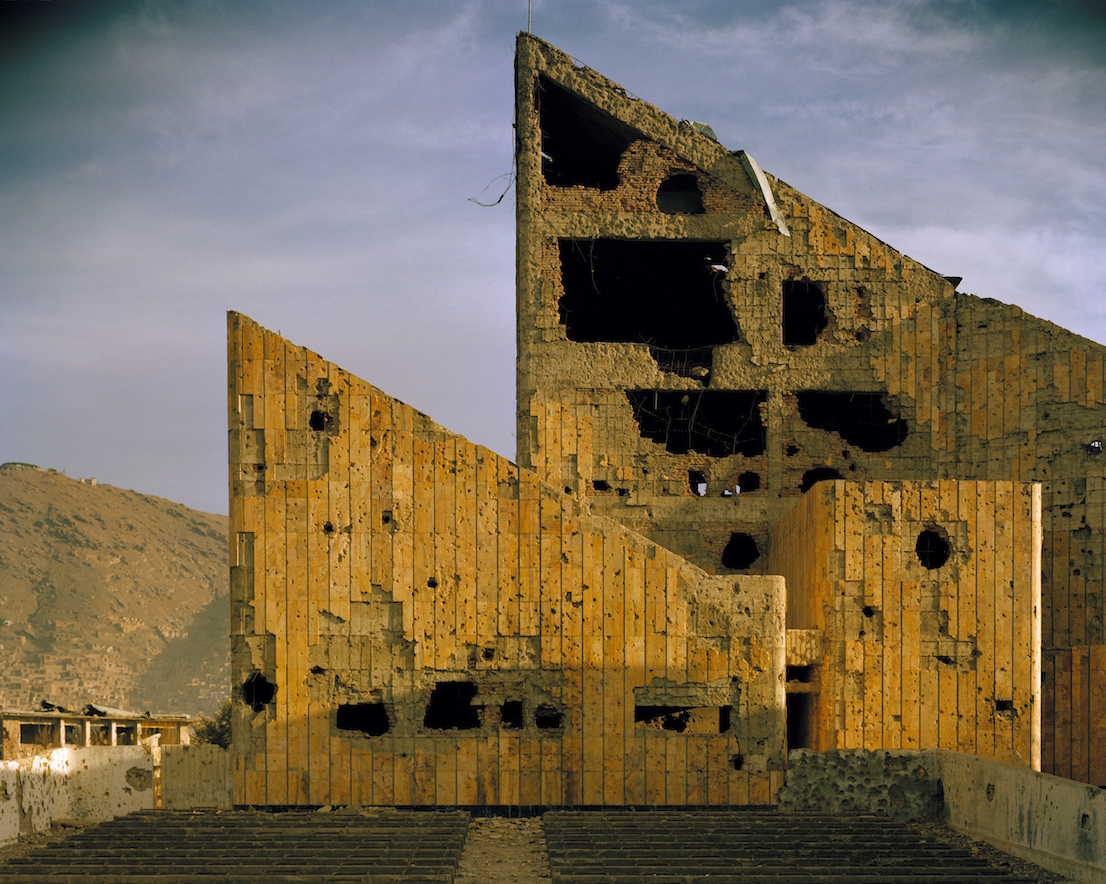
Simon Norfolk, Former Soviet-era Palace-of-Culture, Kabul, 2001-02. Courtesy: Simon Norfolk.
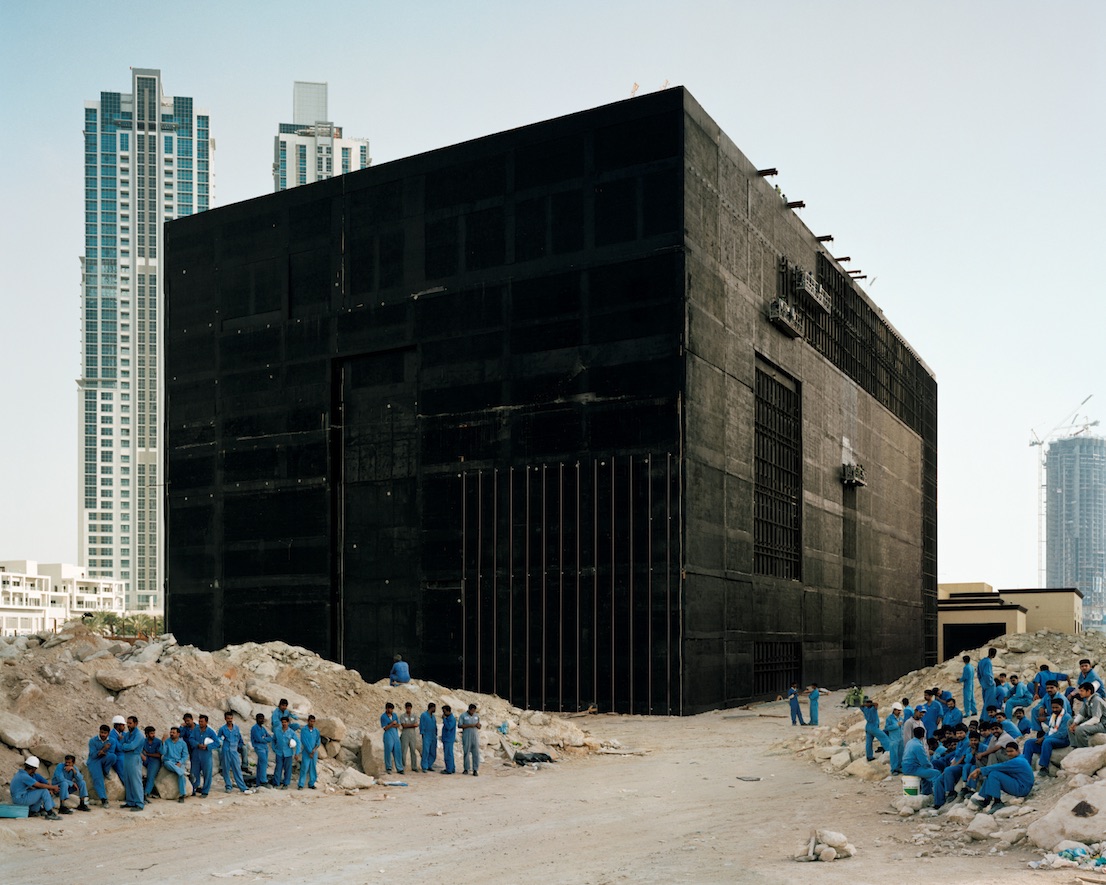
Bas Princen, Cooling Plant, Dubai, 2009.
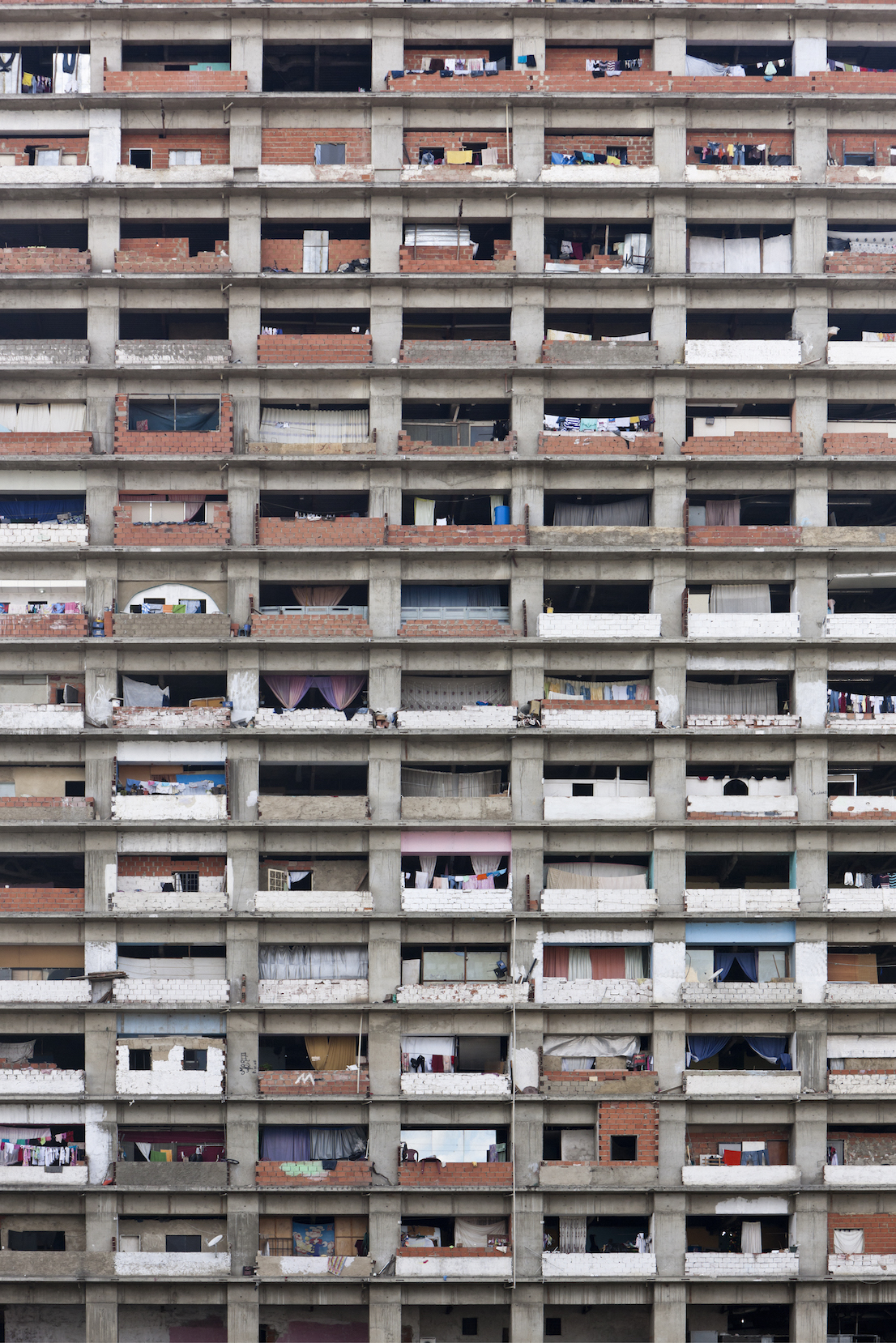
Iwan Baan, Torre David #1, 2011.
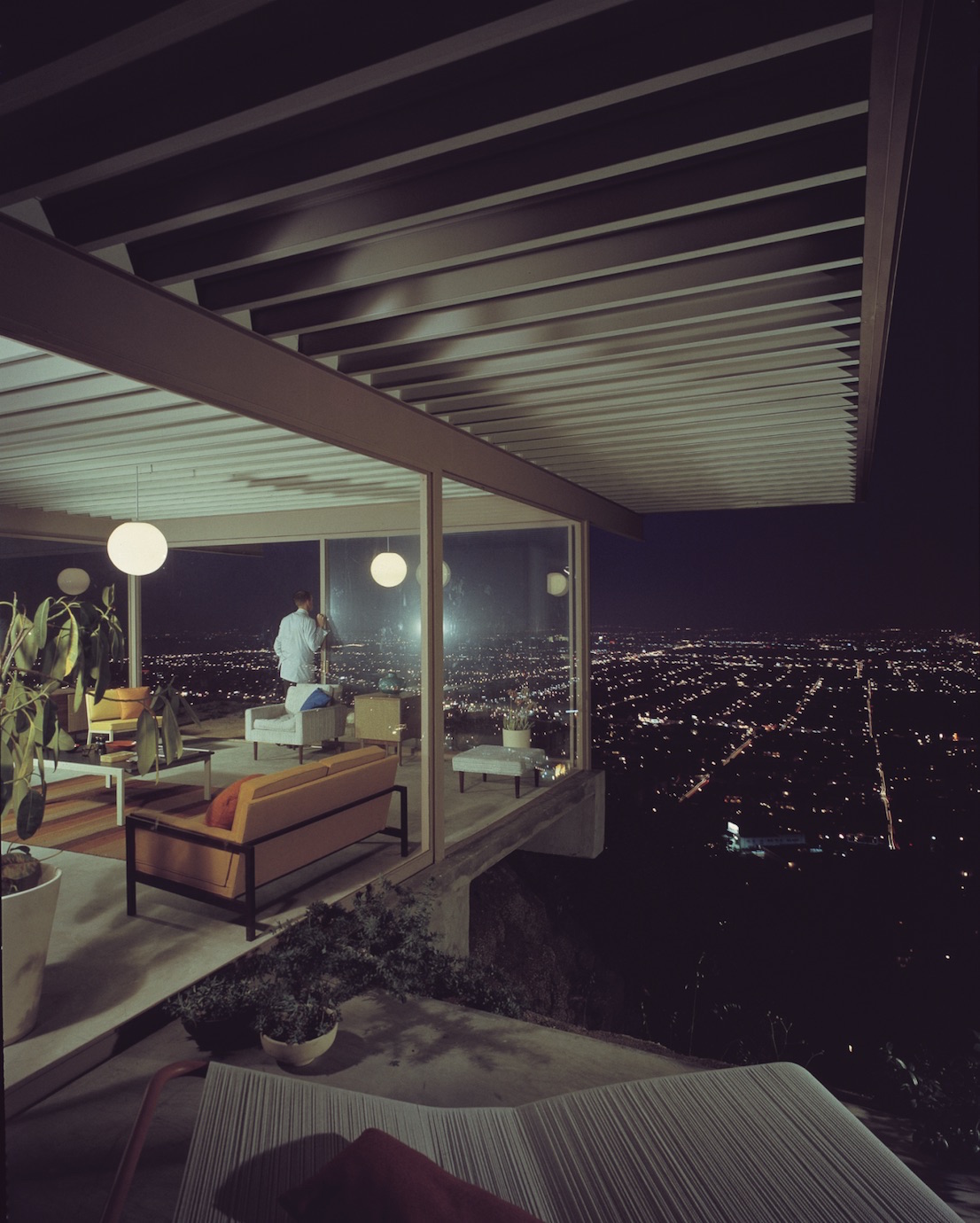
Julius Shulman, Case Study House #22, Pierre Koenig, 1959.
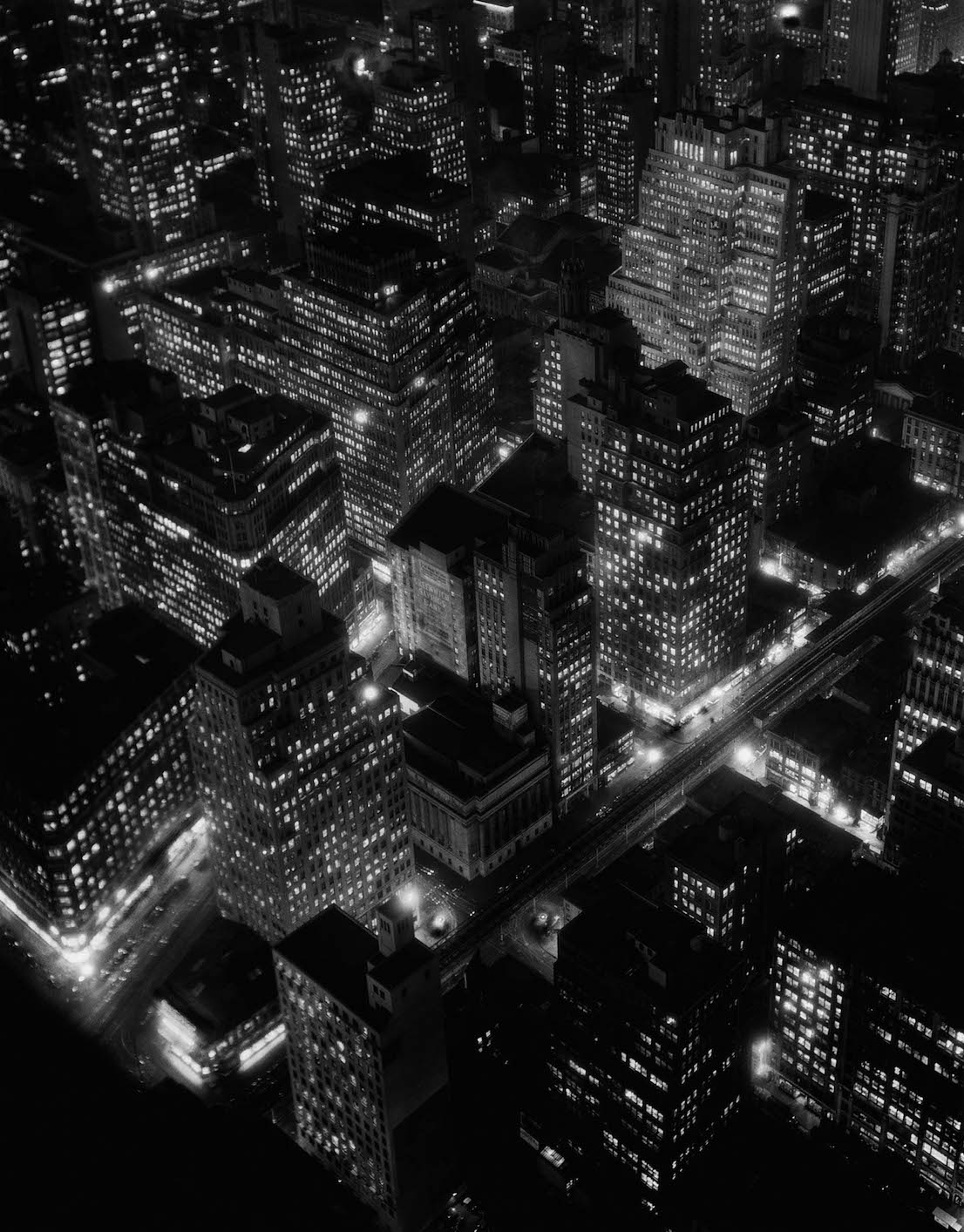
Berenice Abbott, New York at Night, 1932.